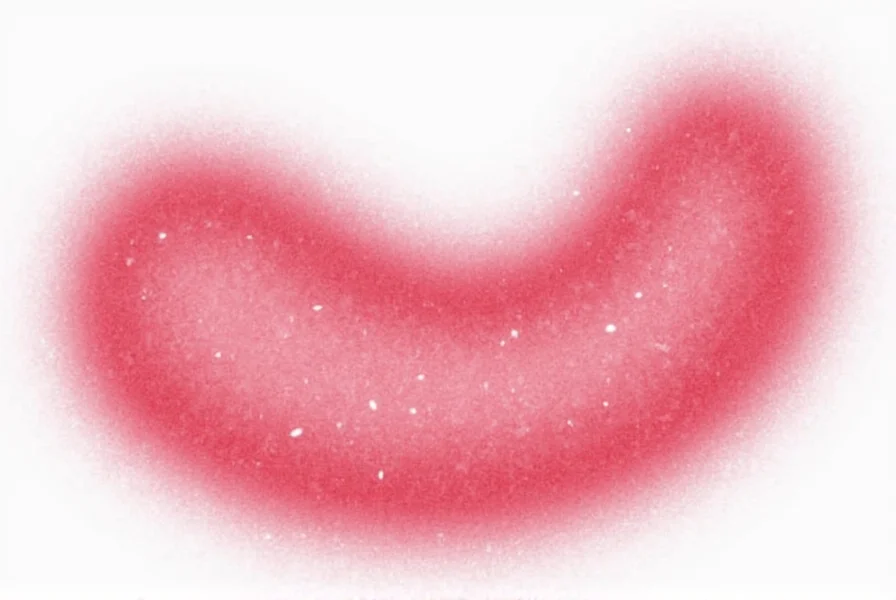Many people searching for information about "xanthium gum" are actually looking for details about xanthan gum, a common food additive. This confusion likely stems from the similar-sounding names, but these represent entirely different substances with distinct properties and applications. Clarifying this misunderstanding is essential for accurate scientific communication and consumer education.
Understanding Xanthium: The Plant Genus
Xanthium is a genus of flowering plants in the aster family, commonly known as cockleburs. These plants are native to temperate regions of the Americas but have spread globally. The most common species include Xanthium strumarium (rough cocklebur) and Xanthium spinosum (spiny cocklebur).
While xanthium plants have been used in traditional medicine systems, particularly in Chinese herbal medicine where it's known as "cang er zi," they contain toxic compounds like carboxyatractyloside that can cause serious health issues if improperly consumed. The seeds and seedlings are particularly dangerous, having caused livestock poisonings and occasional human fatalities.

What Is Xanthan Gum Actually?
Xanthan gum is a polysaccharide produced through the fermentation of glucose or sucrose by the Xanthomonas campestris bacterium. Despite the similar name, it has no botanical connection to xanthium plants. This food additive serves as a thickening agent, stabilizer, and emulsifier in numerous products.
Developed by Allene Rosalind Jeanes and her team at the USDA in the 1960s, xanthan gum received FDA approval in 1968. Its unique molecular structure gives it exceptional viscosity even at low concentrations, making it valuable across multiple industries. Unlike xanthium plants, xanthan gum is generally recognized as safe (GRAS) by regulatory agencies worldwide when used within specified limits.
Key Differences Between Xanthium and Xanthan Gum
| Characteristic | Xanthium (Plant) | Xanthan Gum |
|---|---|---|
| Nature | Genus of flowering plants (cockleburs) | Polysaccharide food additive |
| Source | Seeds of Xanthium species | Fermentation of sugars by Xanthomonas campestris |
| Primary Components | Eremophilene derivatives, carboxyatractyloside | Glucose, mannose, glucuronic acid |
| Common Uses | Traditional medicine (with caution) | Food thickener, stabilizer in cosmetics, drilling fluids |
| Safety Profile | Potentially toxic, especially seeds | Generally recognized as safe (GRAS) |
Why the Confusion Occurs
The confusion between xanthium and xanthan gum primarily stems from their phonetically similar names. Both terms derive from Greek roots related to "yellow" (xanthos), but refer to completely different scientific concepts. This linguistic similarity creates persistent misinformation online, with many websites incorrectly referring to "xanthium gum" as if it were a real product.
Scientific literature consistently uses "xanthan gum" for the food additive, while "xanthium" refers exclusively to the plant genus. When researching plant-based gums or food additives, using the correct terminology ensures access to accurate information about natural thickeners and their applications.
Practical Applications of Xanthan Gum
Xanthan gum's unique rheological properties make it invaluable across multiple industries. In food production, it prevents ingredient separation in salad dressings, provides texture in gluten-free baked goods, and maintains consistency in sauces and dairy products. The typical usage concentration ranges from 0.05% to 0.5%, depending on the application.
Beyond food, xanthan gum serves important functions in pharmaceuticals as a suspending agent, in cosmetics for texture enhancement, and even in industrial applications like oil drilling fluids. Its ability to maintain viscosity across wide temperature and pH ranges makes it more versatile than many plant-derived gums.

Evaluating Natural Gum Alternatives
When exploring natural thickening agents, understanding the distinction between actual plant gums and bacterial polysaccharides is crucial. While xanthan gum is produced through bacterial fermentation, true plant gums include guar gum (from guar beans), locust bean gum (from carob seeds), and gum arabic (from acacia trees).
Each gum has specific functional properties. For example, guar gum provides higher viscosity at lower concentrations than xanthan gum but lacks its stability across pH ranges. Understanding these differences helps food scientists and home cooks select appropriate thickeners for specific applications, whether developing commercial products or adapting recipes for dietary needs.
Scientific Research and Safety Considerations
Extensive research supports xanthan gum's safety profile. Multiple studies, including a comprehensive 2017 review published in Food and Chemical Toxicology, confirm its safety for human consumption within established limits. The European Food Safety Authority (EFSA) has established an acceptable daily intake of 10 mg per kilogram of body weight.
Conversely, research on xanthium plants focuses primarily on their toxicology and traditional medicinal applications. A 2020 study in Journal of Ethnopharmacology noted that while certain xanthium extracts show potential bioactive properties, their therapeutic use requires careful processing to remove toxic compounds. This highlights why xanthium cannot be processed into a safe food gum like xanthan.
Consumer Guidance for Food Additives
When reading food labels, consumers should look for "xanthan gum" as the correct ingredient name. Products claiming to contain "xanthium gum" are either mislabeled or potentially misleading. For those with specific dietary concerns, understanding the origin of food additives helps make informed choices.
Individuals with digestive sensitivities may experience mild gastrointestinal effects from xanthan gum at high consumption levels, but these are generally transient. People with severe allergies to the fermentation source (typically corn, wheat, or soy) should check product specifications, though most commercial xanthan gum contains negligible residual proteins from these sources.
Conclusion
The distinction between xanthium (a plant genus) and xanthan gum (a bacterial polysaccharide) represents a critical clarification in food science terminology. This understanding prevents potentially dangerous confusion between a toxic plant and a safe food additive. When researching natural gums or food thickeners, using precise terminology ensures access to accurate scientific information and safe product applications.
Is xanthium gum the same as xanthan gum?
No, xanthium gum does not exist as a recognized substance. This is a common confusion with xanthan gum, which is a food additive produced by bacterial fermentation. Xanthium refers to a genus of plants (cockleburs), while xanthan gum comes from the Xanthomonas campestris bacterium. They are completely different substances with no botanical relationship.
Can xanthium plants be used to make a food gum?
No, xanthium plants cannot be processed into a safe food gum. Xanthium species contain toxic compounds like carboxyatractyloside that can cause serious health issues. Unlike xanthan gum, which is specifically produced through controlled bacterial fermentation, xanthium plants have no safe application as food thickeners and are potentially dangerous if consumed improperly.
What are common substitutes for xanthan gum in cooking?
Common substitutes for xanthan gum include guar gum, psyllium husk powder, chia seeds mixed with water, and flaxseed gel. Each substitute has different thickening properties - guar gum provides similar viscosity but less stability across pH ranges, while psyllium works well in gluten-free baking. The substitution ratio varies by application, typically requiring experimentation to achieve desired texture.
Is xanthan gum safe for people with corn allergies?
Most xanthan gum is produced from corn sugar, but the fermentation process typically removes allergenic proteins. However, highly sensitive individuals may still react. For those with severe corn allergies, look for xanthan gum specifically labeled as made from non-corn sources like wheat, soy, or cane sugar. Always check product specifications if you have serious allergy concerns.
Why do some websites mention xanthium gum as a natural thickener?
Websites mentioning xanthium gum as a natural thickener are perpetuating a common misconception due to the similar-sounding names. This represents inaccurate information that confuses xanthium (a plant genus) with xanthan gum (a bacterial polysaccharide). Scientific literature and regulatory agencies only recognize xanthan gum as a food additive, not xanthium gum.











 浙公网安备
33010002000092号
浙公网安备
33010002000092号 浙B2-20120091-4
浙B2-20120091-4